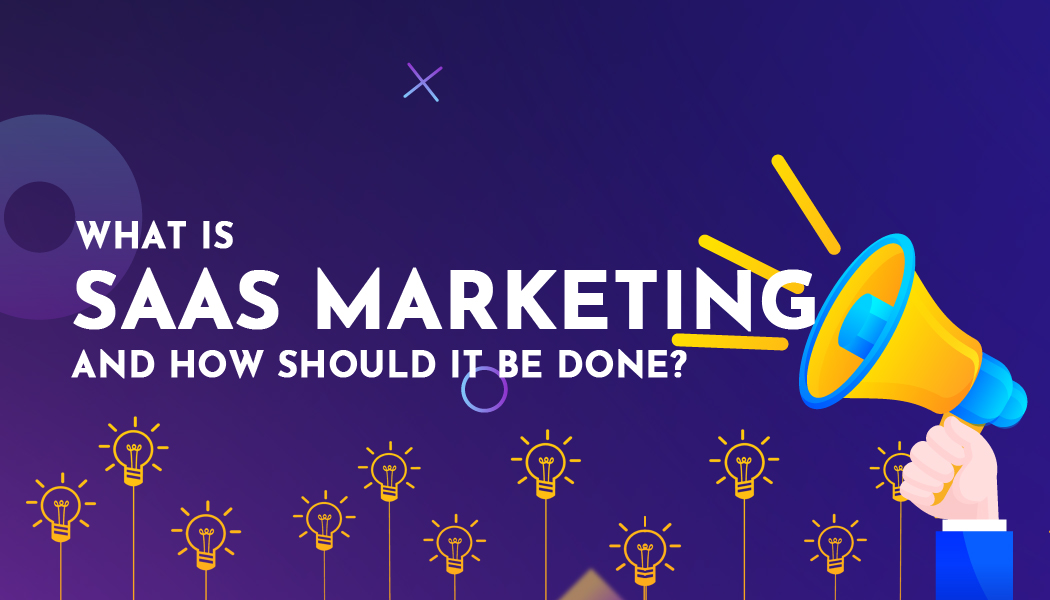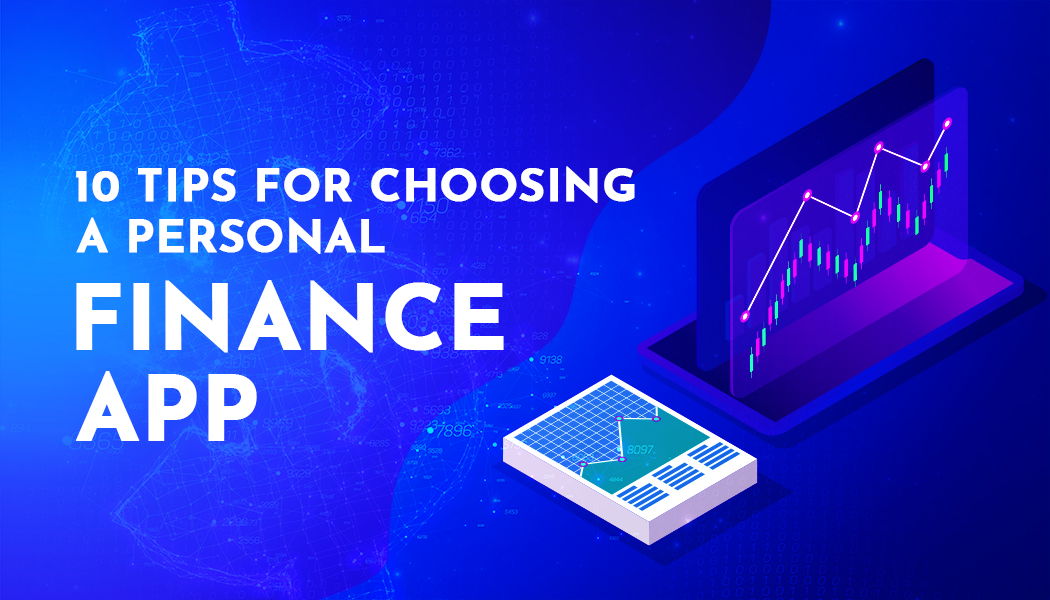What is SaaS Marketing and How Should It Be Done?
Software as a service, or SaaS, is a way of selling products through cloud applications that are updated and enhanced on a regular basis.
SaaS firms offer a nonmaterial product and must constantly prove to their customers that their subscription service is worth a monthly price, unlike traditional businesses that sell tangible products or make one-time purchases and services.
The first SaaS business, which sold floppy disks, was established in the 1990s. When things became difficult, they shifted gears and began selling applications on the internet (and eventually sold for billions).
Marketing techniques for software as a service (SaaS):
SaaS (and business) marketing has become virtually synonymous with what it means to be a startup in recent years. You must first decide what you will rely on before creating a comprehensive marketing plan for your SaaS company.
A thorough knowledge of your performance metrics can assist you in determining the success of any campaigns you conduct, as well as identifying and implementing the necessary adjustments.
The metrics you watch will be completely dependent on your company's objectives, but regardless of what you choose to concentrate on, there are three key variables you should always monitor:
- Traffic
- Subscribers to our email newsletter
- Leads
We all know that consumers go through three stages when purchasing something: awareness, deliberation, and purchase.
Traffic:
Many marketing initiatives use website traffic as a key measure and a major indication of campaign success. Many of your main strategies, such as content marketing and social media activity, can aid you in achieving this objective.
What makes web traffic so essential in a SaaS marketing strategy?
The number of customers who interact with your brand during the "discovery" phase of the buying cycle, as well as if the information you download is of interest, may be determined by website traffic monitoring.
Every month, fresh unique website visitors introduce your business to new prospective consumers.
Subscribers via email:
Email marketing is a fantastic way to stay in touch with prospective consumers and keep them informed. Email marketing offers a high return on investment.
Why is email subscription such a crucial statistic in B2B SaaS marketing?
Subscribers to your email list are mainly interested in learning more about the services you provide. It simply indicates that they value what you've previously provided them and are eager for more. Use random shape generators to create eye-catching graphics in your emails in addition to excellent text.
Leads:
Qualified leads are considered by many to be a "classic statistic" that every company should monitor. Isn't that the entire purpose, after all?
Why is qualified lead generation so essential in B2B SaaS marketing?
It goes without saying that a constant supply of quality leads is required for your sales funnel to fill. You may also monitor where these leads come from to determine how effective your website conversions, form filling, and social media tactics are.
Qualified leads are individuals who have progressed through the purchasing cycle to the “buy” stage and are good prospects for a free trial or demo project. Allow your consumers to pay in whatever manner they choose to simplify the purchasing process. If your client prefers to pay using ethereum, you should include a feature to accept Ethereum as payment method.
The most effective SaaS marketing strategies are as follows:
It's time to create some well-known marketing tactics now that you've set your KPIs and measurements.
- Content marketing
- SEO
- Email marketing
- Remarketing
Conclusion:
You may accomplish your company objectives with a results-driven SaaS marketing approach. SaaS marketing approach may be altered depending on your target audience, platform, and objectives. Also, keep in mind that the work of the SaaS marketer does not stop with client acquisition. Customer retention should be a priority so that you may expand your company via referrals and target new user groups.




